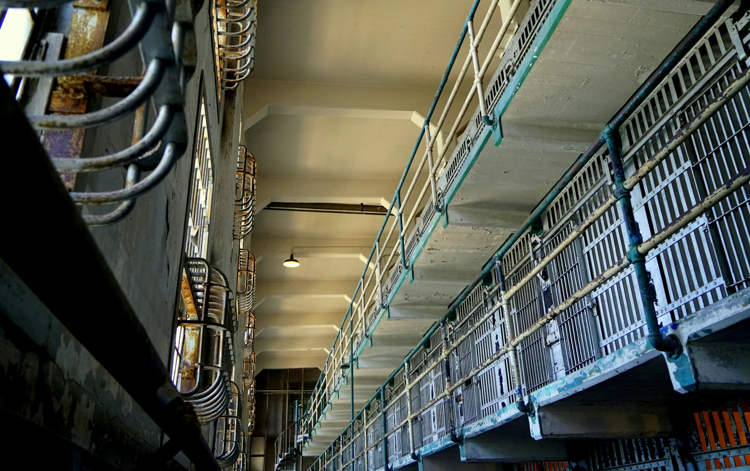The Ottomeyer Mammut is the largest plow ever made. It was created for the specific purpose of converting bogs into agricultural land and could cut channels in the ground to a depth of over 2 meters.
The bog areas of the Emsland district in Northern Germany, on the border with the Netherlands, had been determined uninhabitable since the 1700s, but in the early 20th century, the government of Western Germany decided that the region had fallen behind the rest of the country economically and needed to be converted into arable land. That was easier said than done, however, as the bogs had kept farmers away for hundreds of years, but the Germans had an ace up their sleeve – Otto Meyer, a brilliant engineer and inventor who specialized in steam tractors and difficult soil cultivation.

Photo: Ramsch/Wikimedia Commons
Despite the difficulty of draining the bogs of Emsland and converting them into fertile agricultural land, Meyer took up the challenge and together with his team of engineers set out to build the giant machines required to fulfill the monumental task. They came up with an impressive system that used four powerful steam traction engines to pull the largest plow in human history across the bogs to pull out the peat from under the sandy topsoil.
The Ottomeyer Mammut (German for ‘Mammoth’) was a behemoth of a contraption, weighing around 30 tonnes and featuring wide metal wheels over 4 meters in diameter, and giant blades that dug over 2 meters into the ground. The deep digging was essential, as the plow’s main purpose was to bring up the peat and mix it with the sandy soil to make it more fertile.

Photo: Dr.M.Haverkamp/Wikimedia Commons
The plow was so large and heavy that no tractor in existence could pull it by itself, so a winch system with four traction engines was devised. The engines were positioned on either side of the field and would pull the Mammut from one side to the other alternatively using winches and a strong metal cable. The plow had blades on either side, so once it would reach one end of a field, the engines shifted slightly forward and the plow could be pulled back from the other side.
A total of 12 Ottomeyer Mammut plows were built in the mid-1950s, and over a period of about 12 years, they were used to turn about 17,000 hectares of bogs into arable farmland in North-Western Germany. The Germans were relentless, they plowed 5 counties in Emsland 12 hours a day, 6 days a week, from Easter to October. Today, what used to be considered uninhabitable land is considered some of the most fertile farmland in the world.
Once the conversion of the bogs was completed in the 1970s, there was no more need for Ottomeyer’s giant machines. Today, the only remaining Ottomeyer Mammut plow is on display at the Emsland Moormuseum, along with the four steam engines that used to pull it in its glory days.
For more impressive machinery, check out Big Wind, probably the most powerful fire truck ever built.






